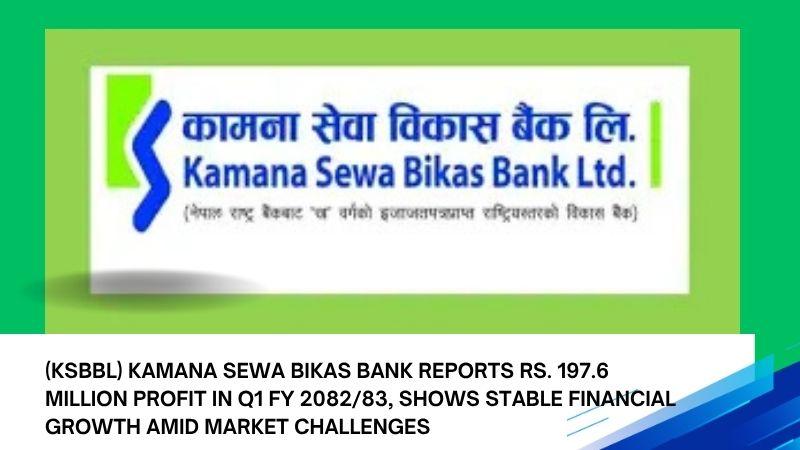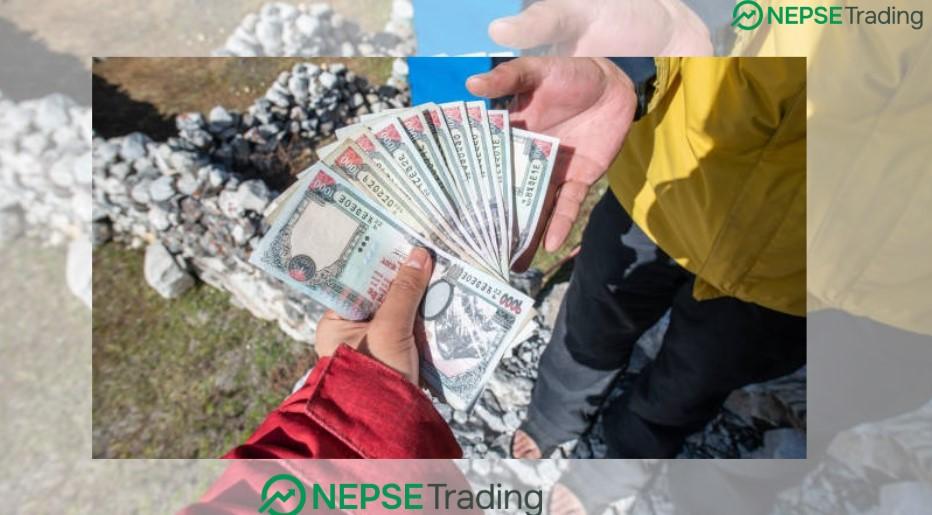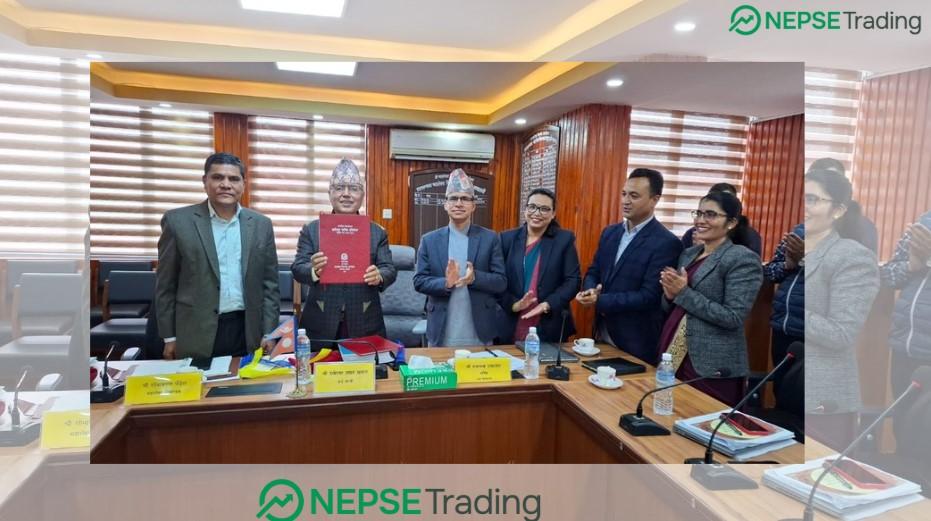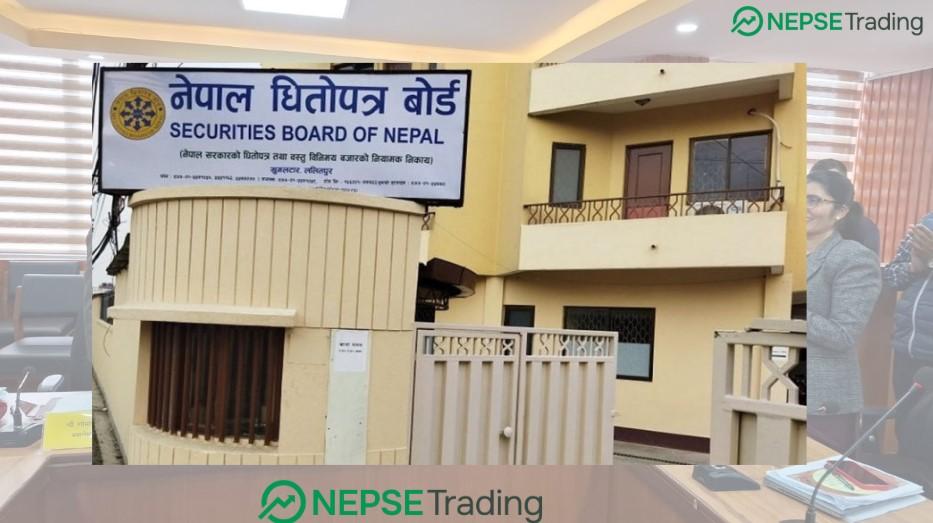By Dipesh Ghimire
Nepal's Economy in Limbo: Structural Woes, Glimmers of Hope, and the Road to Revival
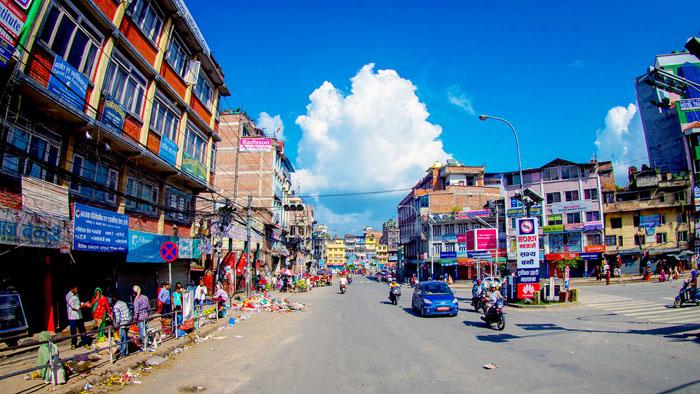
Nepal's economy, long battered by a cascade of external shocks and internal mismanagement, finds itself in a precarious state of stagnation as the nation braces for pivotal elections next February. While a recent wave of unrest—the Genji agitation in late September—has exacerbated the slowdown, experts and policymakers alike caution that the roots of this fragility run far deeper. Drawing from recent fiscal data and sectoral assessments, this analysis unpacks the multifaceted challenges plaguing the Himalayan economy, highlights pockets of resilience, and offers a forward-looking interpretation on how targeted reforms could steer the country toward sustainable growth.
A Legacy of Crises: From Earthquakes to Agitation
Nepal's economic downturn is not a sudden anomaly but the cumulative toll of a decade's worth of adversities. The devastating 2015 earthquake, the subsequent economic blockade at the India border, the global COVID-19 pandemic, and spikes in international fuel prices have collectively eroded growth momentum. These shocks disrupted supply chains, hammered remittances—a lifeline for over 25% of GDP—and stifled private investment.
The latest blow came from the Genji agitation on September 8 and 9 (Bhadra 23 and 24 in the Nepali calendar), a protest movement that spiraled into widespread vandalism. Key government offices, political party headquarters, leaders' residences, and businesses were targeted with arson and looting, inflicting substantial losses on public and private assets. While exact figures remain elusive, preliminary estimates suggest damages in the billions of Nepali rupees, further straining an already overburdened fiscal framework.
In the agitation's aftermath, a new interim government emerged, with its primary mandate centered on conducting parliamentary elections by February 4, 2026 (Falgun 21). Yet, skepticism lingers about whether polls will proceed on schedule amid political volatility. Interpretation: This uncertainty amplifies investor hesitancy, as elections often signal policy resets but can also trigger short-term disruptions. Historically, Nepal's post-election governments have prioritized populist measures over structural reforms, potentially perpetuating the cycle of instability. For the economy to rebound, the incoming administration must transcend electioneering and embed long-term fiscal discipline into its agenda.
Fiscal Mismanagement: The Budget Black Hole
At the heart of Nepal's economic malaise lies a glaring imbalance in public spending. As of late September (Ashoj), capital expenditure—meant to fuel infrastructure and development—stands at a dismal 4% of allocation, while recurrent spending has reached 19%. For the current fiscal year, the government earmarked NPR 4.07 trillion for capital projects, NPR 11.8 trillion for recurrent costs, and NPR 3.75 trillion for financial management. However, only the latter two categories, often dismissed as non-productive (salaries, subsidies, debt servicing), are advancing apace.
This skewed prioritization dooms public expectations for growth. Low capital outlay not only stalls projects like roads and hydropower but also risks a vicious cycle: reduced investment begets slower GDP growth, which in turn erodes revenue and balloons deficits. Public debt has swelled to approximately NPR 27 trillion, equating to NPR 100,000 per citizen—a figure that, while within the 70% GDP threshold for sustainability, demands vigilant oversight in a contracting economy.
Budgetary flaws extend beyond execution. Populist schemes, such as a uniform NPR 1 increase in social security allowances, have dispersed funds inefficiently, reaching even those without genuine need. Meanwhile, "vote-bank" programs proliferate, adding liabilities without productive returns. Positively, the interim finance minister has wielded the scalpel: slashing budgets for fragmented projects, trimming unnecessary staff, mandating in-house conferences to cut travel costs, and phasing out contract workers. These austerity measures could save billions, signaling a shift toward efficiency.
This fiscal inertia reflects deeper governance deficits—corruption, bureaucratic red tape, and a reluctance to privatize loss-making entities. Recurrent spending's dominance (over 60% of the budget) crowds out productive investments, mirroring patterns in other low-middle-income economies like Pakistan or Sri Lanka, where debt traps have loomed large. To interpret the trajectory: If capital spending doesn't accelerate to at least 70-80% utilization by mid-year, GDP growth—projected at a meager 3-4% for FY 2025/26—could dip below 2%, risking social unrest. Reforms like performance-based budgeting and digital procurement could unlock efficiencies, but political will is the linchpin. The debt burden, though manageable, underscores the urgency of revenue diversification; relying on regressive indirect taxes (customs duties) stifles formal sector growth.
Banking Blues and Market Melancholy
The financial sector mirrors the broader torpor. Banks are awash in liquidity—over NPR 1.1 trillion idle—yet credit offtake remains anemic. Despite monthly interest rate cuts, businesses, scarred by past high-rate cycles, shy away from borrowing amid tepid demand. Non-Performing Assets (NPAs) are climbing as loans sour, pressuring banks' balance sheets. The Nepal Rastra Bank (NRB) has intervened with liquidity injections, but these are band-aids on structural wounds.
Compounding this, the stock market—NEPSE index—has plummeted from 3,200 to below 2,500 points, a barometer of industrial despondency. Even as the Finance Ministry and NRB project optimism, the index's slide indicts weak corporate earnings and regulatory opacity.
Surplus liquidity signals a demand deficit, not excess capital—a classic "liquidity trap" akin to Japan's 1990s stagnation. Businesses' caution stems from policy unpredictability and import reliance, which exposes them to forex volatility. NPAs, hovering at 2-3%, could surge if elections delay recovery, eroding bank capital adequacy ratios (currently above 11%). The stock market's woes highlight over-reliance on banking stocks (70% of NEPSE), underscoring the need for sectoral diversification. A deeper read: This malaise hampers multiplier effects; idle funds mean forgone jobs and innovation. NRB's tools—targeted lending windows for SMEs—could catalyze flow, but without demand stimuli (e.g., tax incentives), it's futile. Long-term, fintech integration and Basel III compliance will bolster resilience.
Beacons of Potential: Agriculture, Tourism, and Hydropower
Amid the gloom, external buffers shine. Foreign exchange reserves stand at NPR 28 trillion, covering 20 months of imports, buoyed by NPR 18 trillion in remittances (equivalent to the annual budget). The current account remains positive, a rare feat for a remittance-dependent economy.
Domestically, agriculture—contributing 25% to GDP and employing 60% of the workforce—holds untapped promise. Nepal's topography suits diverse crops; timely inputs like fertilizers and irrigation could boost yields by 20-30%, per World Bank estimates. Industry, powering 80% of private sector output, awaits regulatory easing to revive. Tourism, with its natural and cultural bounty, sees domestic upticks via homestays and rural eateries, though international arrivals lag due to infrastructure gaps. Energy is the crown jewel: At 3,700 MW capacity, Nepal exports power to India and Bangladesh, with potential for 40,000 MW. Scaling this could add NPR 500 billion annually in revenues.
Remittances and reserves provide a fiscal cushion, mitigating import shocks but fostering "Dutch disease"—over-reliance on inflows that appreciates the rupee and hurts exports. Agriculture's 25% GDP share signals a pivot opportunity; climate-resilient varieties and cooperatives could lift rural incomes, reducing urban migration and inequality (Gini coefficient ~0.33). Industry's private dominance implies that PPPs (public-private partnerships) could inject vitality, especially in agro-processing. Tourism's domestic surge (post-COVID revenge travel) hints at resilience, but without 5-star upgrades, high-spenders (e.g., Europeans) elude Nepal, capping forex earnings at 5% of GDP. Hydropower's export edge leverages geography; bilateral deals could fund grid expansions, but transmission delays (e.g., Arun-3 project) exemplify execution risks. Collectively, these sectors could drive 6-7% growth if integrated—e.g., agritourism or hydro-agro clusters—but siloed policies hinder synergies.
Political flux has undeniably fueled economic slack, yet glimmers persist: rising FDI inquiries and gradual credit flows. Post-election stability could usher in pro-growth policies, potentially lifting NEPSE and credit growth.
Nepal teeters on a knife-edge—resilient buffers versus entrenched inefficiencies. The Genji unrest was a symptom, not the disease; true revival demands anti-corruption drives, capital spending mandates, and sectoral bets on agri-energy-tourism nexuses. Without these, the "Himalayan slowdown" risks entrenching poverty (28% multidimensional). Yet, with elections looming, optimism is warranted: A reformist government could harness remittances for productive ventures, slashing debt service via exports. As one economist quipped, "Nepal's economy is like its mountains—majestic potential, treacherous paths." Navigating them will define the next decade.



